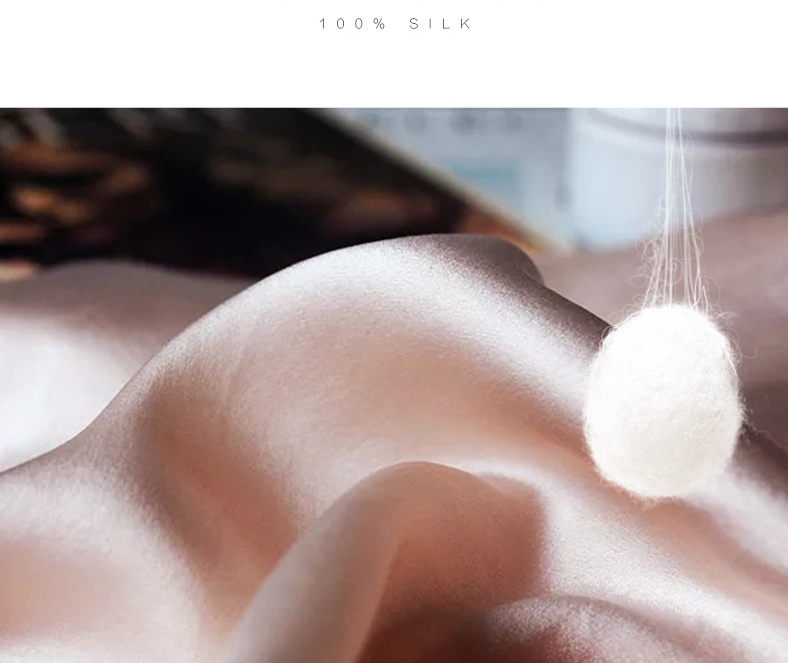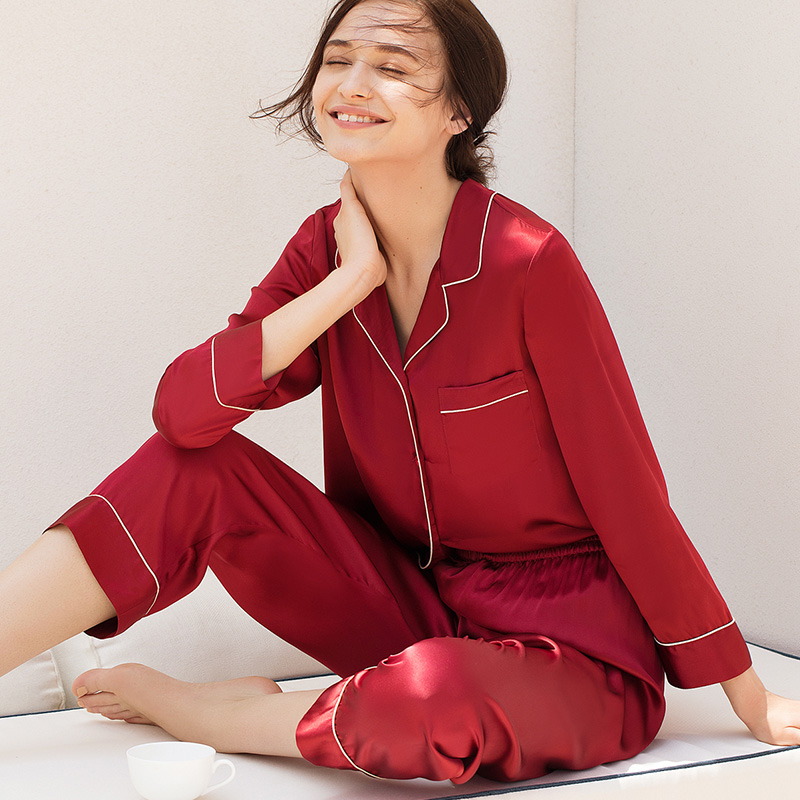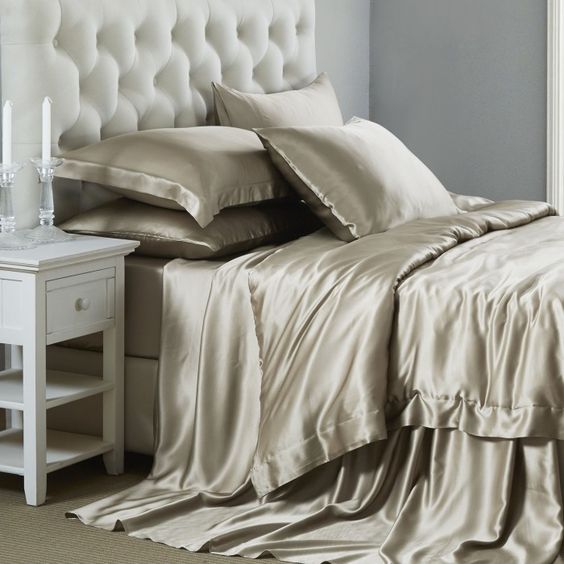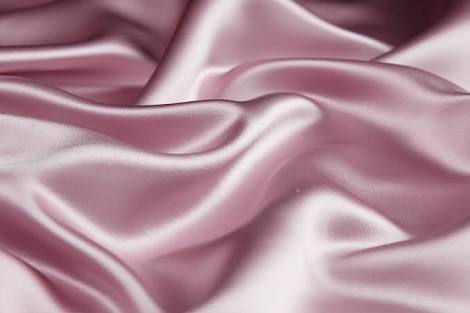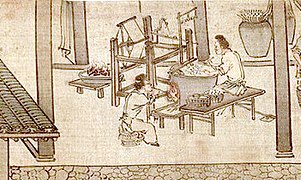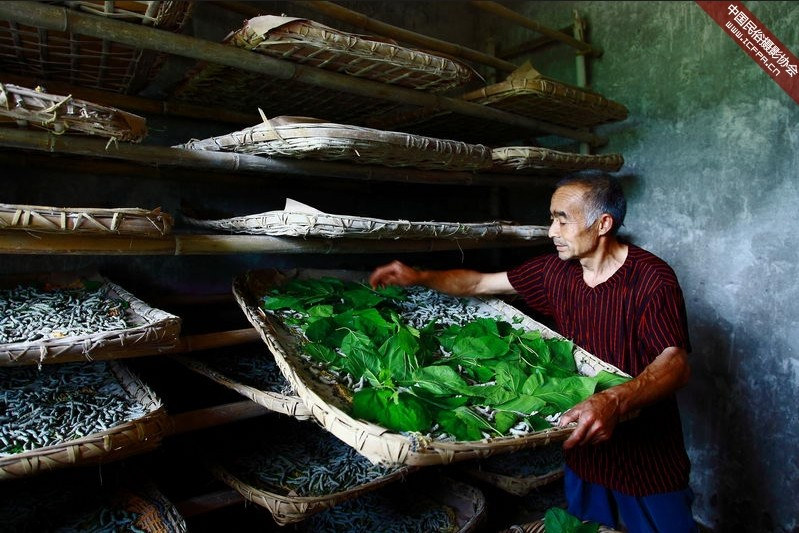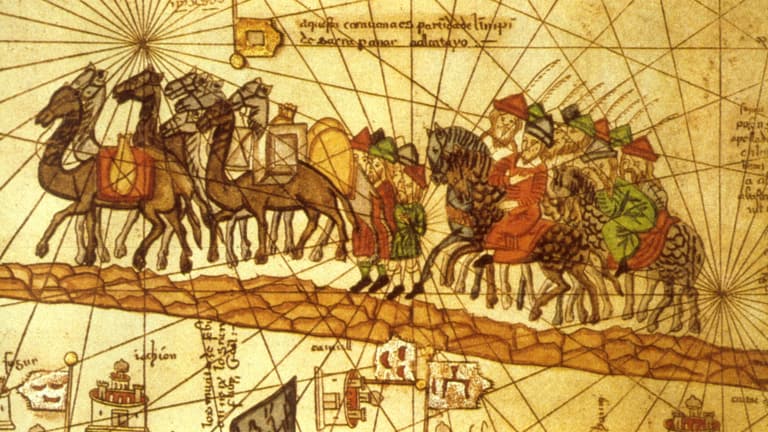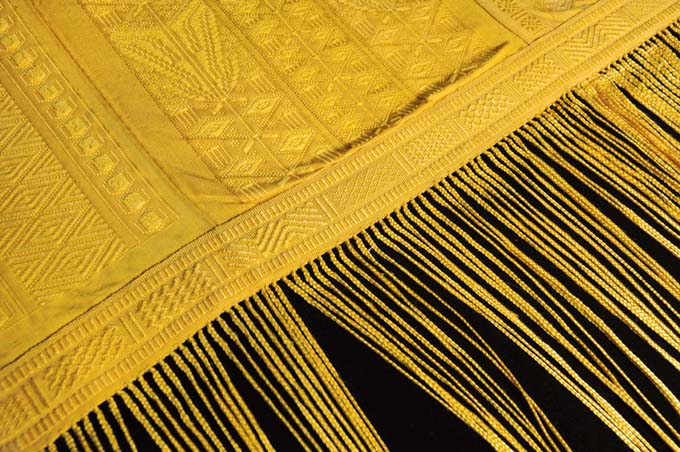Besides its luxurious softness and lustrous beauty, there are benefits of silk that other fabrics, whether natural or man-made, simply cannot match. These advantages of silk have rightly earned silk its reputation as the queen of fabrics. If “Why Silk?” is still a question in your mind, the following benefits of silk should remove any doubts.
- You may suffer from the Allergy and Asthma for a long time, with so much treatment, however, no effect. Anything can do? Definitely yes. Just silkbedding for you .

Because of its natural protein structure, silk is the most hypoallergenic of all fabrics
- Silk is warm and cozy in winter and comfortably cool when temperatures rise. Its natural temperature-regulating properties give silk this paradoxical ability to cool and warm simultaneously. Silk garments thus outperform other fabrics in both summer and winter. Silk worn as a second layer warms without being bulky.
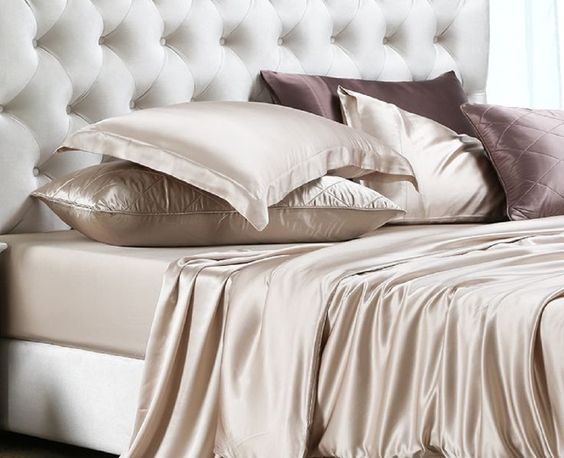
All-climate fabric
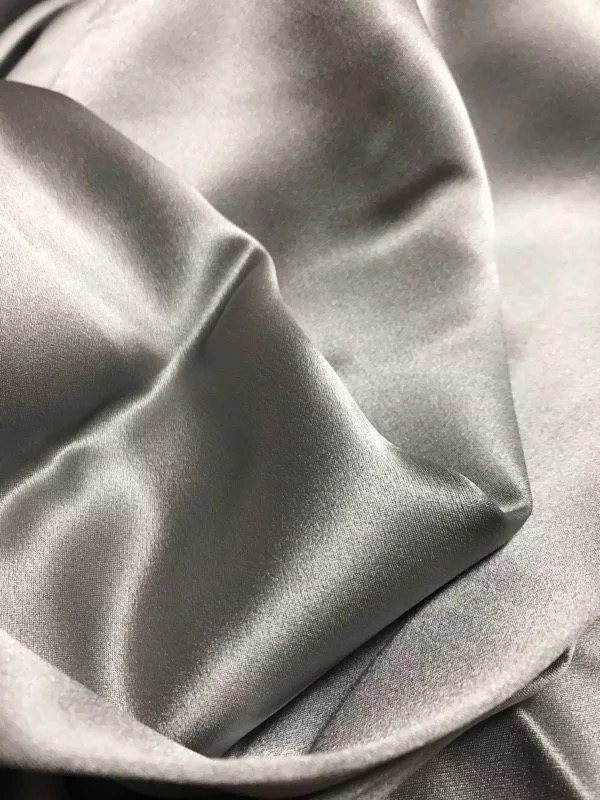
Silk is highly absorbent and dries quickly.
- It can absorb up to 30% of its weight in moisture without feeling damp. Silk will absorb perspiration while letting your skin breathe.
- In spite of its delicate appearance, silk is relatively robust and its smooth surface resists soil and odors well.
- Silk takes color well, washes easily, and is easy to work with in spinning, weaving, knitting, and sewing .

- Mixes well with other animal and vegetable fibers.
- Silk is a natural heat regulator, able to maintain the air around you at a comfortable temperature when you sleep.The smooth surface of silk pajamas or beeding sets means there is little friction between your skin and your bedding linen, which is said to be the biggest cause for sleep wrinkles. The fact that your hair moves around freely as well basically means you will not wake up with a bedful of broken hair and your head looking like a mess.

